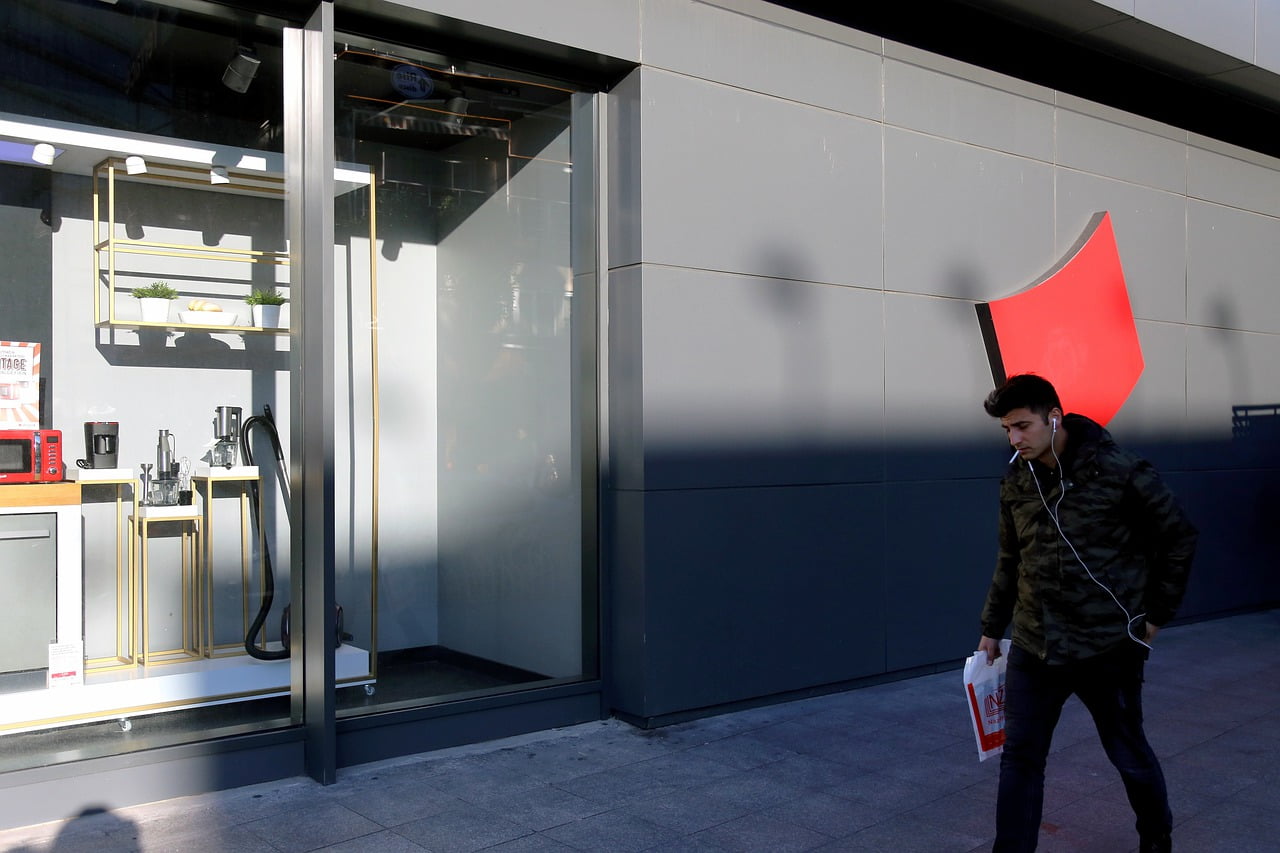At precisely 8:30 in the morning of the first or second Friday of every month, the Bureau of Labor Statistics (bls.gov) announces the unemployment rate of the previous month. On April 3rd we learned that in March, it shot up to 4.4% from just 3.5% in February.
Q1 2020 hedge fund letters, conferences and more
When April’s figure is announced on Friday, May 8th, everyone who follows the unemployment rate expects it to be in double digits. But no matter what figure the BLS comes up with, some of us may find it much too low.
Why will this month be so different from all other months? Because never before has our nation’s unemployment risen so quickly. In just the last month, tens of millions of Americans lost their jobs. Even during the depths of the Great Depression, never did unemployment rise nearly as fast.
Before we get to why the BLS will appear to greatly underestimate our unemployment rate, let’s very briefly consider how the unemployment rate is calculated, and then how the BLS gets the data it uses for this calculation.
How The Unemployment Rate Is Calculated
To calculate the unemployment rate, the BLS divides the number of the unemployed by the number of people in the labor force – the total of the employed plus the unemployed.
The figures they use are actually based on the information they receive in their monthly survey of 60,000 families. To illustrate this by a hypothetical example, suppose that 15 million people were unemployed and 85 million were employed. Find the unemployment rate.
The labor force = the number of people employed and the number unemployed:
85 million + 15 million = 100 million
The unemployment rate = the unemployed divided by the labor force. So we need to divide 15 million by 100 million – or, 15 by 100:
15/100 = 15%
Where Does The BLS Get Its Data?
If we thought about it, most of us concluded that the government finds the number of unemployed by counting the number of people who apply for unemployment insurance benefits, or alternatively, the number of people already collecting. This belief is not unreasonable since it is shared by many of the people who provide us with the news on the radio, TV, the newspapers, and the social media.
During normal economic times, when our unemployment rate might range from about four to six percent, about half of the unemployed are collecting unemployment insurance benefits. Most of the rest either are not eligible to collect benefits, did not bother to apply for them, or previously collected all the benefits to which they were entitled.
But, as we know all too well, these are not normal economic times. Today, perhaps three-quarters of all eligible unemployed workers are now on the unemployment insurance benefits rolls – and millions more are applying each week. Still, uncounted others – perhaps another couple of million --have been unable to register for unemployment benefits because of severe understaffing in many state unemployment insurance offices. And then too, there are countless others who have not bothered to apply for benefits.
Estimate Of Unemployment In April
Let’s begin with the BLS February unemployment rate of 3.5%. Since there are 165 million people in our labor force, about 5.8 million people were unemployed in February.
Since then, about 30.5 million people filed claims for unemployment insurance benefits, and millions more were unable to file because of extreme understaffing of the state unemployment insurance offices. And then too, additional millions may not have bothered to file.
On Thursday, May 7th, we will learn how many people filed for unemployment insurance during the last week in April. My guess would be about 2 million.
So, if we were to add up the number of new insurance claims during March and April, and then add in the newly unemployed Americans who either were unable or unwilling to file claims, there may be more than 40 million people who lost their jobs in March and April. So let’s call the March-April total job loss 42 million.
How much was our actual unemployment rate at the end of April? Let’s do the math. 5.8 million unemployed in February plus 42 million additional unemployed in March and April gives us a grand total of 47.8 million – or roughly 48 million people who were unemployed.
Now let’s calculate our unemployment rate at the end of April if our labor force still totaled 165 million and there were 48 million people unemployed.
The unemployment rate is found by dividing the number of unemployed by the number of people in the labor force. So, let’s divide 48 million by 165 million
48/165 = 29.1%
BLS data
Although we won’t know the April unemployment rate calculated by the BLS until the morning of May 8th, I think it would be a reasonable guess that it will be considerably lower than 29.1%.
You might wonder how they could be so far off. Actually, the number they will have come up with will be quite accurate – at the time that they did their survey.
The BLS survey is always done around mid-month. So last month’s survey was a snapshot of our employment and unemployment on, say, April 15th. Similarly, the March survey was conducted in the middle of that month.
But there was a huge increase in initial unemployment insurance claims in the second half of that month. That increase, of course, was not reflected in the BLS unemployment rate of just 4.4% for the month.
Similarly, the BLS survey in April been conducted on April 30th, it would have reflected the millions of Americans who lost their jobs during the second half of the month. And who knows, it might have even recorded an unemployment rate of 29.1%.








